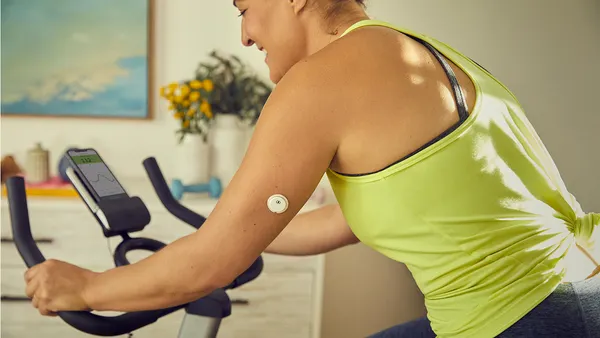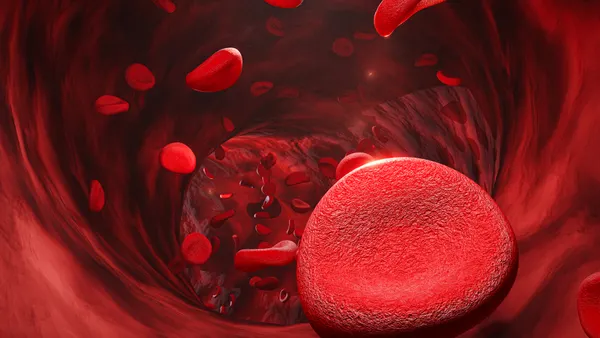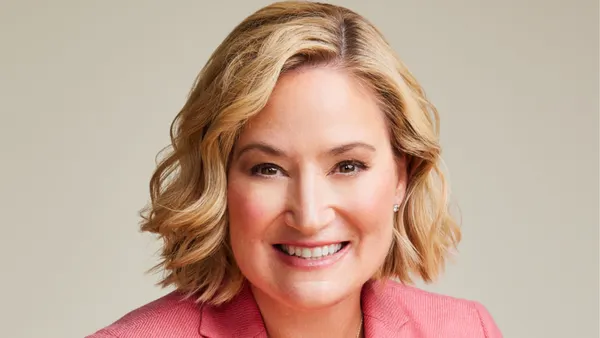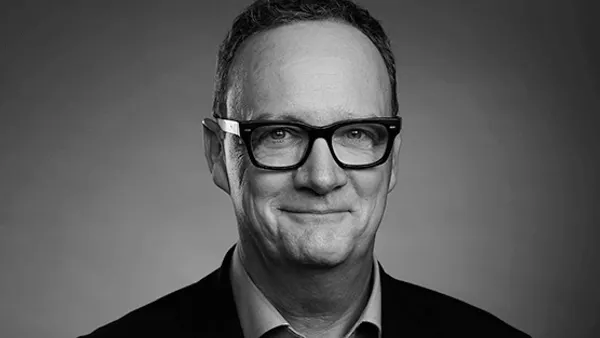Dive Brief:
-
A change in Medicare reimbursement is yet to translate into significant use of disposable negative pressure wound therapy (NPWT) products, the Government Accountability Office said Thursday.
-
Medicare’s home health benefit began making separate payments for disposable NPWT devices at the start of 2017. However, GAO found use of the devices is low, with Medicare paying out less than $750,000 over the 18 months after the change to reimbursement.
-
Advocates of disposable NPWT products, which are sold by companies including Acelity and Smith & Nephew, argue the size and cost of the products make them preferable to durable devices when treating small wounds.
Dive Insight:
Medicare used to class disposable NPWT devices as supplies that could not be reimbursed separately from the bundled payment for an episode of care. That changed at the start of 2017 when the Consolidated Appropriations Act permitted providers to bill for disposable NPWT devices in addition to the episode of care.
To assess the impact of the change, GAO reviewed Medicare data and spoke to people involved with disposable NPWT devices. The analysis showed Medicare received requests covering the use of 4,000 disposable devices in the 18 months after the regulatory change. Medicare paid out $735,490.
The amount reimbursed by Medicare was lowest over the first six months, over which time it paid out a little more than $100,000. Medicare paid out more than $300,000 over the second half of 2017 but that trend did not continue into 2018. The amount reimbursed fell slightly over the first six months of 2018, although it remained well above the level seen at the start of the previous year.
Attempts to make a direct comparison between the data on disposable and durable NPWT devices are complicated by the fact the latter products are used to treat a far wider range of types of wound. With that caveat, GAO notes spending on disposable NPWT devices in 2017 was less than 1% of the outlay on durable products.
"CMS officials told us that the relatively low utilization of disposable NPWT devices was likely due to their more limited clinical application, as the disposable devices are typically more appropriate for small wounds that do not require the removal of large amounts of fluid," GAO wrote.
Other reasons for low utilization cited by CMS officials include a perception that traditional topical wound treatments are as effective at treating small wounds as NPWT devices.
GAO also spoke to device manufacturers including Acelity — the subject of a $6.7 billion buyout bid from 3M — Cardinal Health, ConvaTec and Smith & Nephew, as well as to other groups including a homecare association and society of nurses. These conversations yielded other explanations for the low uptake.
"They explained that many home health agencies generally only submit claims for episode payments and are not experienced with, or face difficulties submitting, claims for separately payable outpatient services," GAO wrote.
GAO sent the report to the heads of committees in the House and the Senate.










